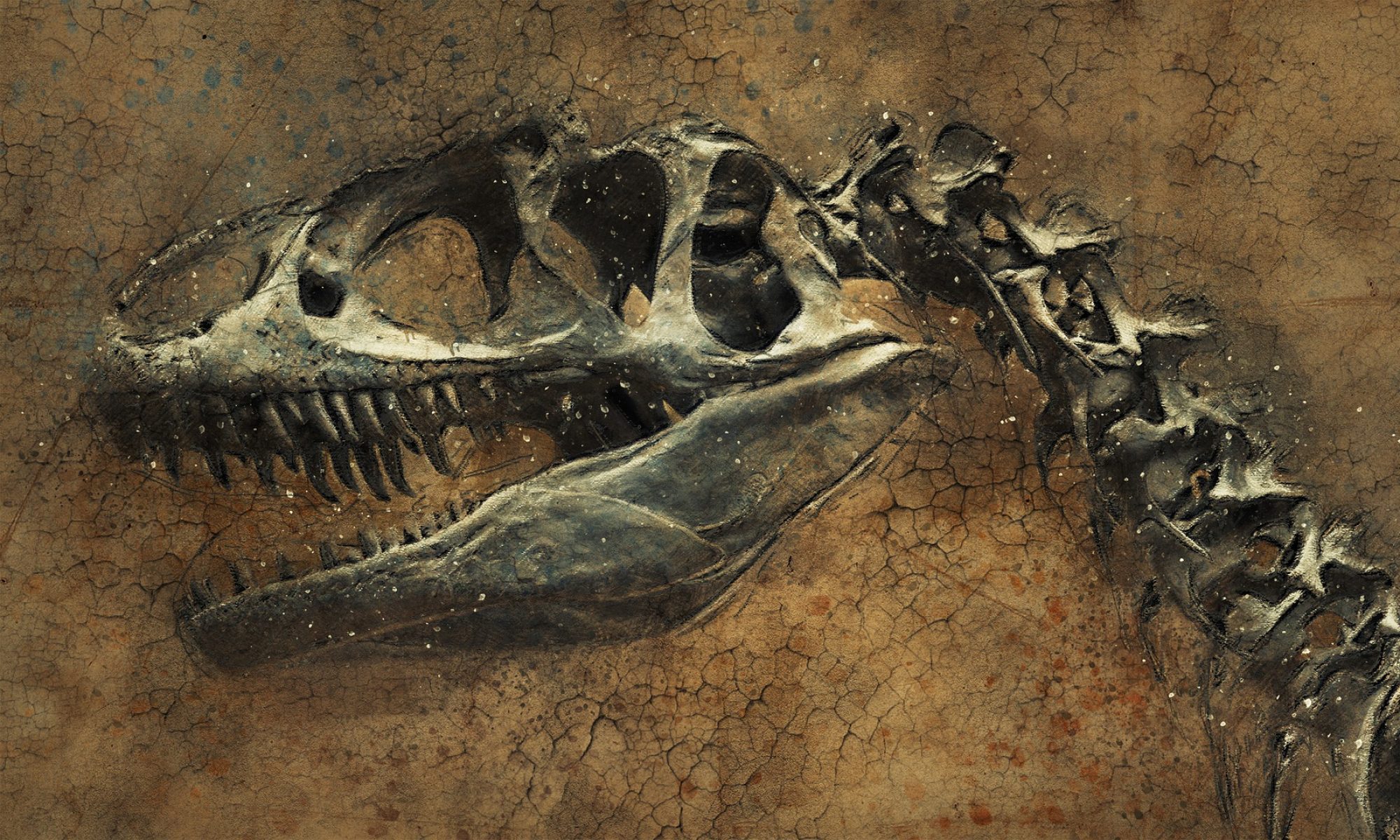
FIELD NOTES
Date: Cretaceous Period
Site: North America
Subject: The Western Interior Seaway
Participants: C. Monroe
In the Cretaceous Period, North America looked very different from what we know today. The middle of the continent was covered by a shallow sea that connected the Gulf of Mexico in the south to the Arctic Ocean in the north. This means that states like Colorado, Wyoming, Nebraska, and Kansas used to be entirely underwater! Scientists call this sea the Western Interior Seaway, or the North American Inland Sea.
The sea was formed when the Rocky Mountains began to rise. The motion that caused the mountains to rise also caused land east of the mountains to dip. Because the planet was very warm at the time, there was no ice at the poles and sea levels were much higher. The high water flowed into the dip and split North America in two.
Because the sea was so shallow – only about 2,500 feet deep – it was very warm and full of life. The bottom of the sea contained little oxygen, which means that animals who died there were easily fossilized. Scientists have found fossils of huge marine reptiles like plesiosaurs and mosasaurs, as well as giant bony fish, huge clams, and turtles the size of cars! They have also found evidence of cartilaginous animals, like giant sharks, which are not normally fossilized. Some of the most spectacular fossil finds in the world have been found in the area that was once covered by the Western Interior Seaway.
What happened to the Western Interior Seaway? At the end of the Cretaceous Period, Earth underwent sudden cooling, likely due to the same massive asteroid strike that ended the time of the dinosaurs. As water began to freeze at the poles, sea levels fell. Eventually, the Western Interior Seaway dried completely, leaving the flat, dry land we know today.
Marginal comment: Scientists have also found evidence of giant squid in the Western Interior Seaway.
Want to learn more? Check out these sources!
https://www.realclearscience.com/blog/2019/10/26/what_lived_in_north_americas_ancient_inland_sea.html
https://www.cretaceousatlas.org/geology/
